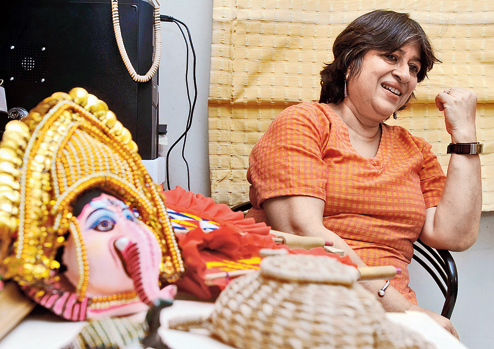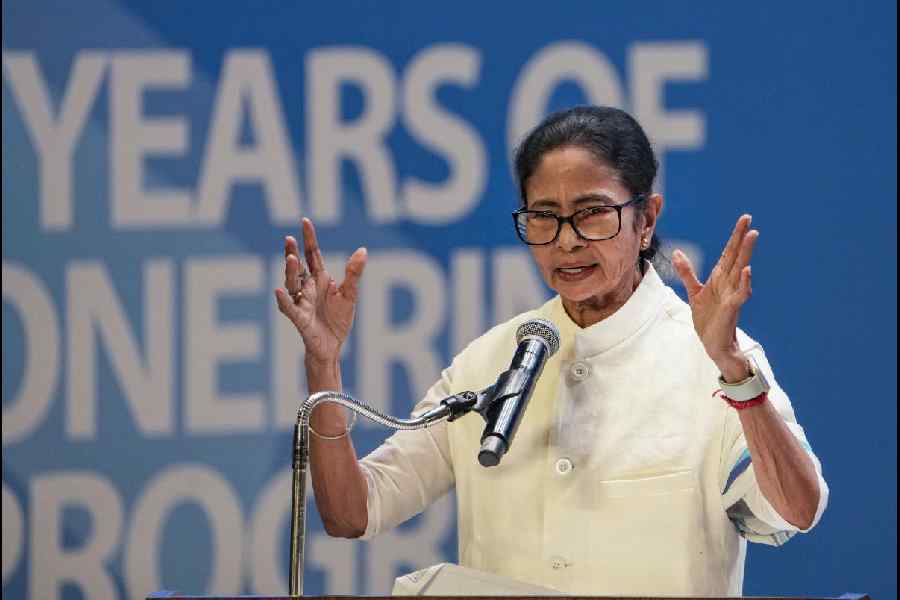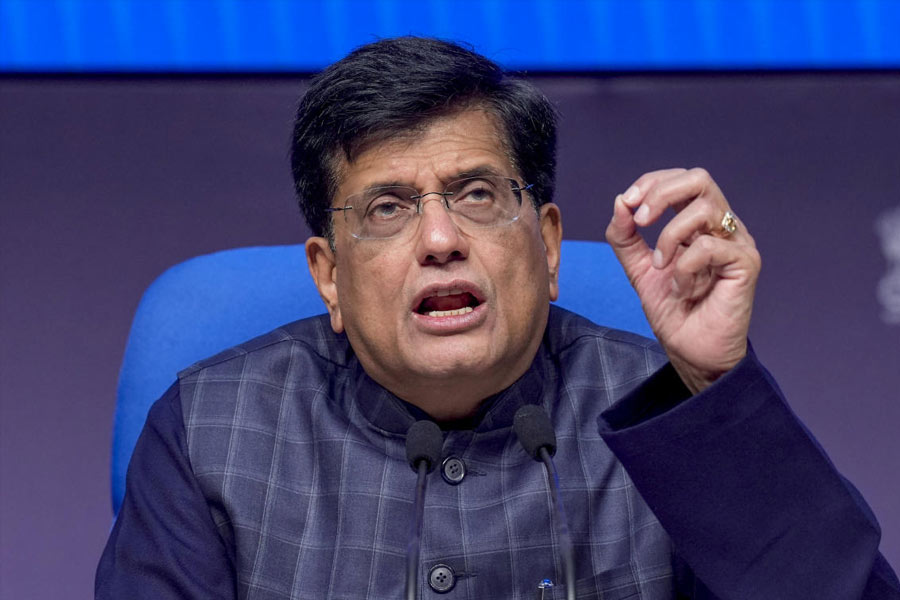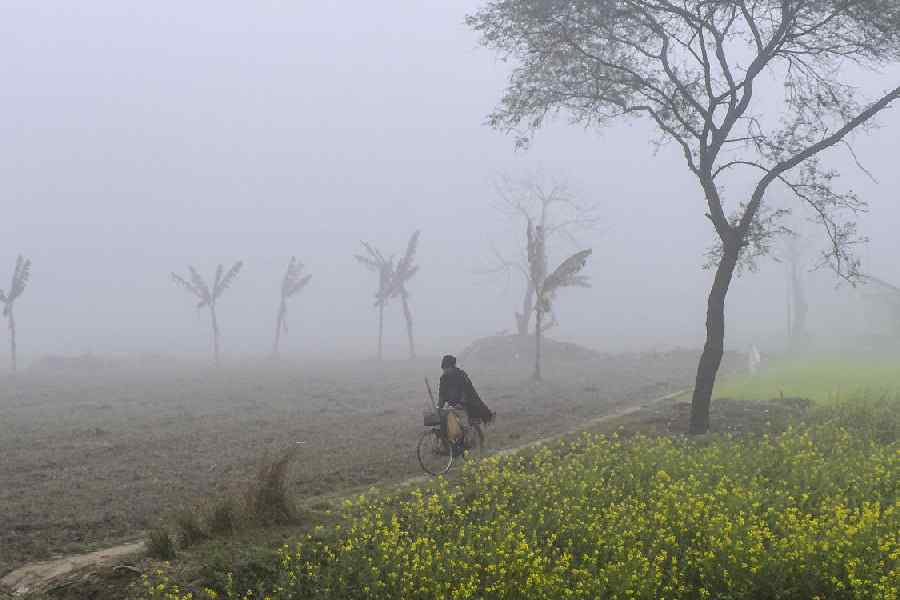 |
| Ratnaboli Bose of Daricha Foundation. Picture by Pabitra Das |
If one of the scenes that you remember from Satyajit Ray’s Agantuk is where Mamata Shankar serves goyna bodi to Utpal Dutt, then you could be a friend of Daricha, a one-stop knowledge portal aimed at documenting, promoting and disseminating Bengal’s folk and tribal culture.
Conceived by Ratnaboli Bose, Project Daricha traces the roots of performing arts like Jhumur and Raibneshe, crafts like kantha and lac dolls, art forms like alpona and patachitra and more.
Bose was working with ITC Sangeet Research Academy when she realised there was very little about the traditional art, craft and music of Bengal and other states of India on the Internet. “Whatever little information is available does not explore any particular genre of work in detail. A formal documentation of crafts and artists, at least on the Internet, is extremely necessary in our times,” said the founder and secretary of Daricha Foundation.
The journey began two years ago and the portal (www.daricha.org) was launched in February. “Daricha in Urdu means window. This is a one-of-its-kind venture, one that we feel has the potential to become a one-stop access point for all online knowledge on India’s folk and tribal heritage. While we have started documenting in a small way, we would need to do this on a much wider scale and in a more comprehensive manner to create a lasting, impactful corpus of knowledge for dissemination,” Bose said.
The USP of the portal is that it promotes the art along with the artist/e, tracing them to the place of birth. The information is compiled and posted on the website in a structured manner, categorised according to region, genre and other details, along with photographs and audio, video clips.
“Authenticity is the keyword. Every detail is personally looked into and verified more than once. These days we also come across a lot of fake artistes. Many claim they are puppeteers, nachni performers or beni-putul makers in the hope of getting some monetary aid from the authorities. In a way, you really can’t blame them because most of them come from economically challenged backgrounds. But you have to be careful with them. Unless you are really interested and have some background about folk literature and culture, chances of being misled are high,” she said.
Another special feature of the website is a calendar of folk culture events and interviews with experts. Each month, a particular artist/e is highlighted. In April, it is Ramapada Ghorai, a wandering puppeteer, who had earlier given up his family business of performing with puppets to work as a helper in a canteen at Jadavpur University.
Funds remain a lingering concern. Bose’s initial efforts for government aid proved futile. “I wrote to the ministry of culture and got a reply saying they’d get back to me soon. But I still haven’t heard from them after two years. One day, I decided I couldn’t wait any longer. I planned my route and set out on my own. The first trip was to Charidagram in Purulia,” said Bose, who has since approached foreign trusts and NGOs as well as corporate houses for funds.
In the beginning, Bose was met with suspicion wherever she went. During her last visit to Purulia about a year back, she met a 17-year-old girl from the Birhor tribe, which has only 75 members at present according to government records. “This girl made ropes for a living. I asked her what her dream in life was. She told me she wanted to go back to school. She had studied till Class VIII and her father had married her off.” It is these faces and dreams that inspire Bose to carry on.










